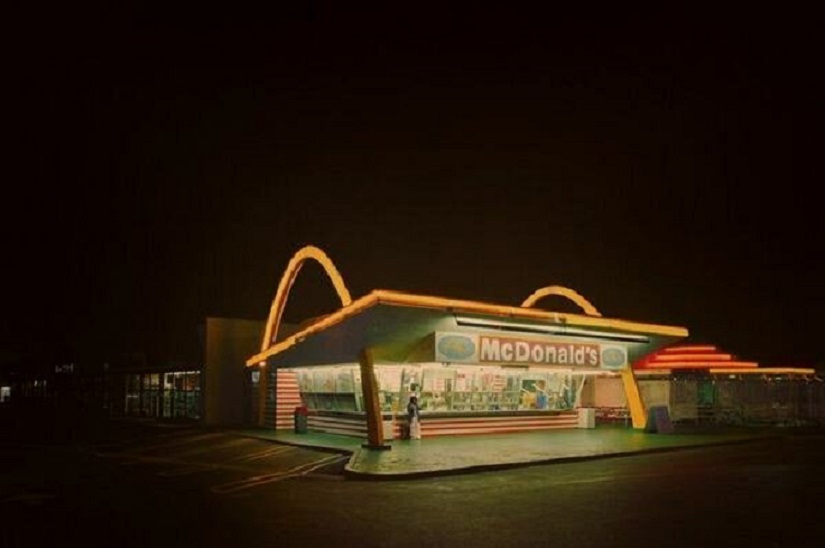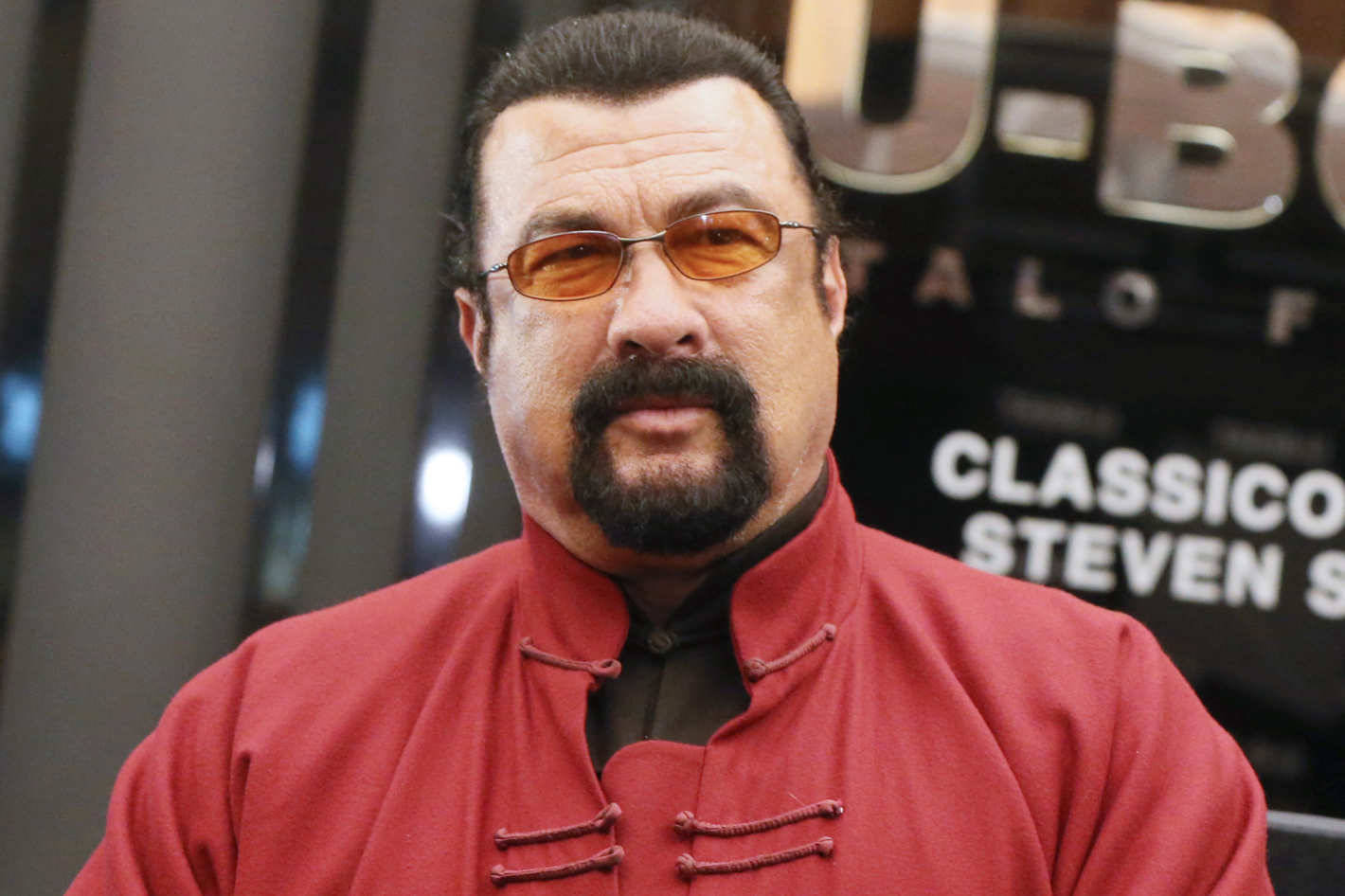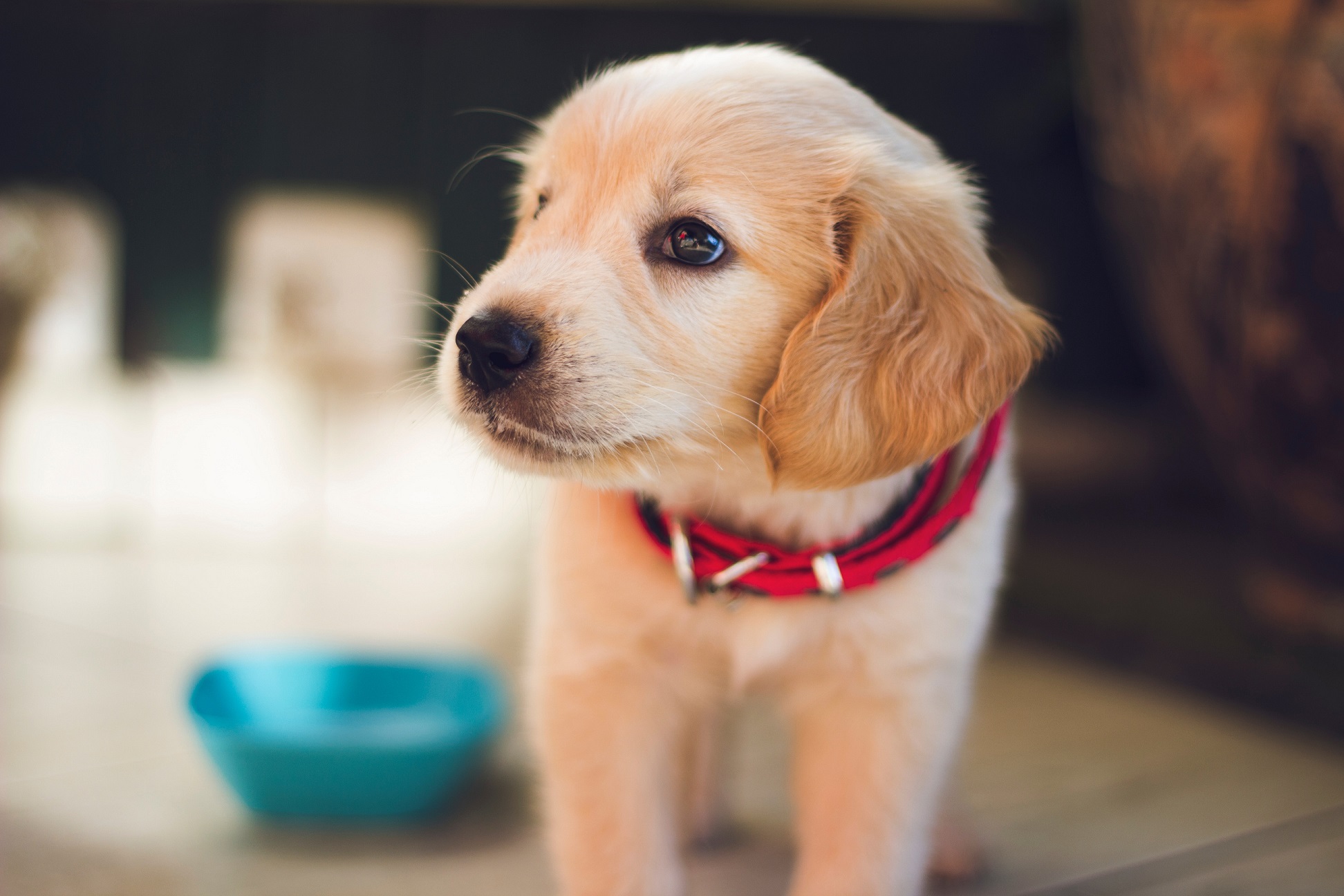Alarming Study Found We Regularly Eat Plastics Without Noticing

In the century or so since their commercial introduction, plastics have been incorporated usefully into almost every object around us. However, as these objects were used and discarded, plastics also began to accumulate in places they were never intended to be: our natural environment, food sources, and air.
Indeed, according to a recent analysis published in the respected journal Environmental Science & Technology, nowadays Americans literally consume—that is, ingest, through air and food—a great deal of plastic: between 74,000 and 121,000 particles of microplastic annually, according to the paper’s estimate. But in all likelihood, they ingest even more than that, since reliable data for other probable microplastic sources was unavailable.
As Kieran Cox, the lead author of the paper, observes, “We put too much plastic into different environments, so it’s not surprising that it makes its way back to us.”
There are various routes by which microplastics infiltrate our air and food. In many cases, larger plastic objects gradually erode or fragment into pieces which themselves break down into tiny particles of five millimeters in diameter (about the size of a sesame seed) or less. In fact, most of these particles are invisible by the time they are eventually consumed by humans—small enough to float in the air until they enter our lungs or settle on our food, or imperceptibly carried in the prepared meat of animals that ate them before us.
Together with his colleagues, Cox, who is completing his PhD in marine biology at the University of Victoria, Canada, gathered and analyzed the results of 26 studies into human microplastic consumption through food or air. These provided solid data on microplastic concentrations in, for example, air, water, beer, salts, added sugars, and seafood. Notably, however, reliable measurements for beef, poultry, grains, and vegetables were unavailable. In order to estimate Americans’ microplastic consumption, the researchers used the U.S. Dietary Guidelines as well as respiration rates provided by the U.S. Environmental Protection Agency.
The researchers’ sober conclusion, summarizes Cox, was that “we now know that the dose isn’t trivial.” The chief culprits were found to be seafood, bottled water, and air. Added sugars contributed significantly, but less, while of minimal concern were tap water, salts, and beer. Since the foods sampled account for only around 15% of the average American diet, the results of the analysis are most likely conservative: how much microplastics are typically consumed in the other 85% of foods remains unknown.
Even more worryingly, what impact microplastics might have when they are ingested by humans remains “completely unknown,” says Cox. “We know they are in ecosystems, we know they’re in us, but it’s only been a topic of concern for a handful of years.”
But Cox also maintains that there is a relatively easy way to reduce potential harm: drink tap water wherever it is safe. Since bottled water was found to be so subject to contamination with microplastics, the researchers conducted a separate analysis which found, startlingly, that people who exclusively consumed water from bottles thereby ingested around 90,000 particles of microplastic annually, compared with just 4,000 particles by people who consume tap water exclusively.
“That’s a 22-fold increase in plastic consumption from a single lifestyle choice,” says Cox. “With these kinds of issues, small choices can make a big impact for you personally and for plastic pollution.”







